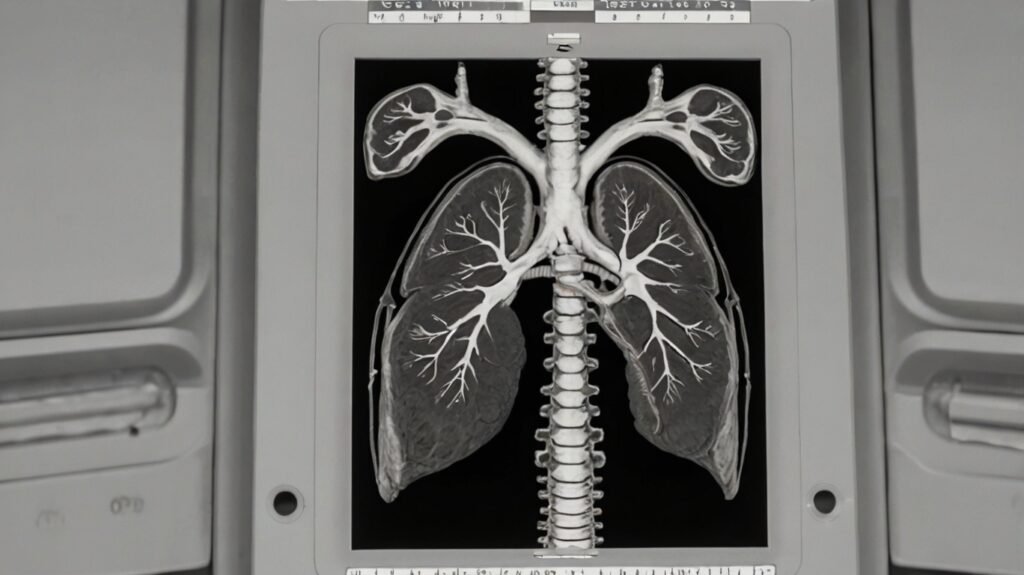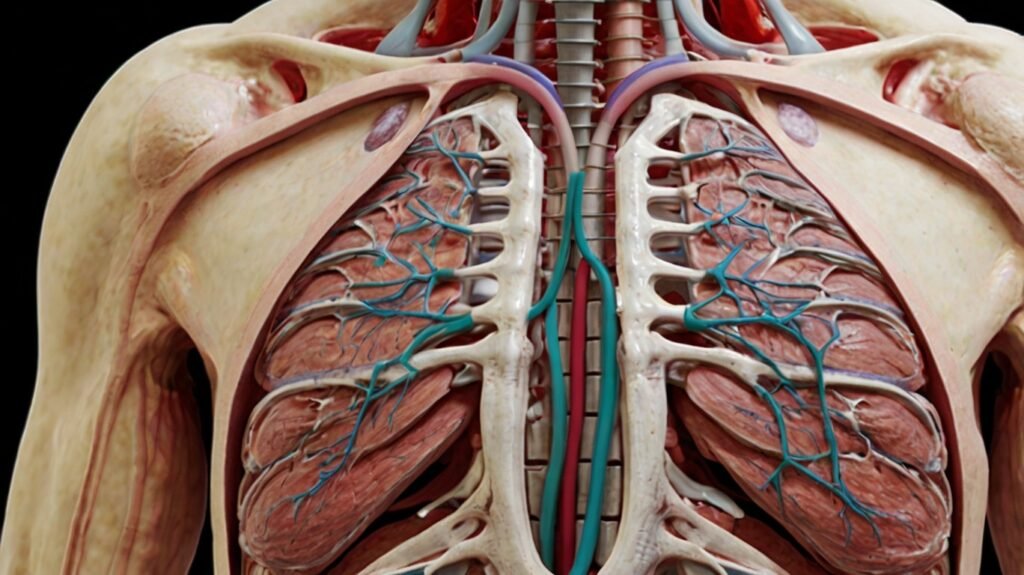
When your doctor orders a CT scan of your chest, understanding the procedure and its associated billing codes can feel overwhelming. This article aims to demystify one specific type of chest CT: The CT chest without contrast CPT Code, and explain the crucial role of its corresponding CPT code.
Understanding CT Chest Scans
A Computed Tomography (CT) scan uses X-rays and computer processing to create detailed cross-sectional images of your body. A CT chest scan focuses on the organs and structures within your chest cavity, including your lungs, heart, airways, and blood vessels. When a CT chest is performed without contrast, it means no intravenous dye is injected to enhance the images. This approach is often chosen when the doctor wants to visualize subtle changes or abnormalities that may not require the enhanced detail provided by contrast.
Common reasons for a CT chest without contrast CPT Code include:
- Detection of lung nodules: To identify and characterize small, potentially cancerous growths.
- Evaluation of pulmonary fibrosis: To assess scarring in the lungs.
- Assessment of airway diseases: To examine the trachea and bronchi.
- Evaluation of certain bone abnormalities: To visualize fractures or other skeletal issues in the chest.
Contrast is often avoided when evaluating certain conditions, when a patient has a known allergy to contrast dye, or when there is a risk of kidney damage.
CPT Codes Explained
CPT or current CPT or Codes Terminology are a standardized system used to report medical procedures and services to payers. These codes are essential for billing and refunds exactly. The understanding CT chest without contrast CPT code is essential for patients who seek to clarify their medical bills.
The specific CPT code typically used for a CT chest without contrast CPT code is 71250 (Computed tomography, thorax; without contrast material).
It’s important to note:
- Variations may occur. If a high resolution CT scan of the lungs is done, it could be coded differently.
- Modifiers can be added to the CPT code to provide further detail about the service.
- The radiologist’s interpretation of the scan also plays a part in the final coding.
- High-Resolution CT (HRCT): While 71250 covers standard CT chest scans, a high-resolution CT (HRCT) of the lungs may require a different coding approach. HRCT is a specialized technique that provides incredibly detailed images of the lung tissue. This is often used for interstitial lung diseases. Depending on the specific details of the HRCT, additional codes or modifiers could be used.
- Incidental Findings: During a CT chest without contrast CPT Code, radiologists may discover incidental findings—unrelated abnormalities. While the primary CPT code remains 71250, detailed reporting of incidental findings is crucial for patient care and can impact subsequent medical decisions.
- Documentation and Medical Necessity: Accurate documentation is paramount in medical coding. The ordering physician must clearly document the medical necessity for the CT chest without contrast CPT Code. Insurance companies scrutinize medical necessity to ensure appropriate reimbursement. If the documentation is insufficient, the claim may be denied, even if the correct CPT code is used.
- Technological Advancements: CT technology is constantly evolving. Modern CT scanners offer faster scan times, lower radiation doses, and improved image quality. While these advancements enhance patient care, they generally do not alter the basic CPT code for a CT chest without contrast CPT Code (71250). However, new technology can lead to new modifier codes, or even new CPT codes over time.
- Regional Variations: Although CPT codes are standardized, regional variations in billing practices and insurance policies can occur. It’s essential to be aware of local guidelines and regulations that may affect the coding and reimbursement of CT chest scans.
- The Radiologist’s Role: The radiologist plays a vital role in determining the final report, and therefore indirectly affects the coding. The detail that the radiologist puts into the report, can cause the need for further testing, and therefore further billing.
Therefore, while 71250 is the most common code, it is always a good idea to confirm with your provider.
Billing and Insurance Considerations

The cost of a CT chest without contrast CPT Code can vary significantly according to factors as your situation, installing and cover your insurance. Typically, costs can range from several hundred to thousands of dollars.
When it comes to insurance:
- Most insurance plans cover CT scans when they are deemed medically necessary.
- Pre-authorization may be required before the procedure.
- Patients are often responsible for co-pays, deductibles, or co-insurance.
To avoid unexpected bills, patients should ask their healthcare provider and insurance company:
- What is the estimated cost of the procedure?
- Is pre-authorization required?
- Which part of the cost will be my insurance coverage?
- What is my out of pocket responsibility?
- Request a detailed explanation of benefits (EOB) from your insurance company. This document will outline the specific charges and payments related to your CT scan.
- Keep meticulous records of your medical bills and insurance correspondence. This will help you identify all changes or errors.
- If you have concerns about your bill, contact your healthcare provider’s billing department and your insurance company. can bring explanations and solve all the problems.
- Ask for a copy of the radiologists report. This will help you understand what the doctors are seeing.
Potential Complications and Considerations

Like any medical imaging procedure, a CT chest without contrast CPT Code carries some risks. The primary concern is exposure to radiation. While the radiation dose is generally considered low, it’s important to weigh the benefits of the scan against the potential risks.
Alternative imaging options, such as chest X-rays, may be considered depending on the clinical situation. However, CT scans provide more detailed images and are often necessary for accurate diagnosis.
After the scan, follow-up care with your physician is crucial. They will review the results and discuss any necessary treatment or further evaluation.
Conclusion
Understanding the CT chest without contrast CPT code and the associated billing process empowers patients to navigate their healthcare journey with confidence. While 71250 is the common code used, always verify with your medical provider and insurance. Accurate coding is essential for proper billing and medical records. Remember that CT chest scans are valuable diagnostic tools, and open communication with your healthcare team is key to ensuring optimal care.
